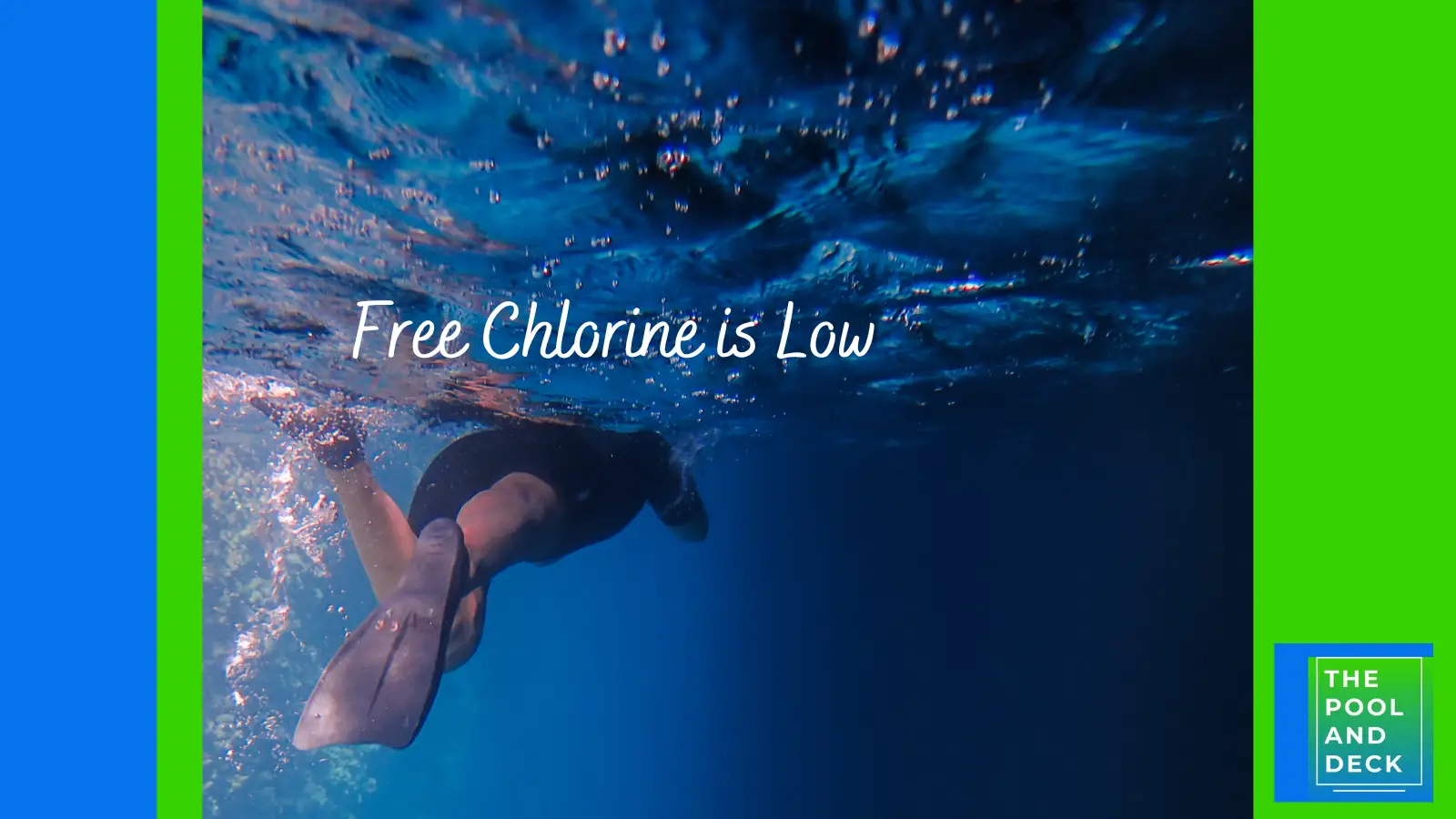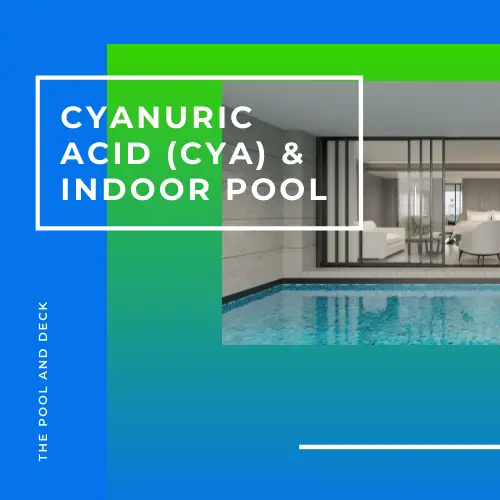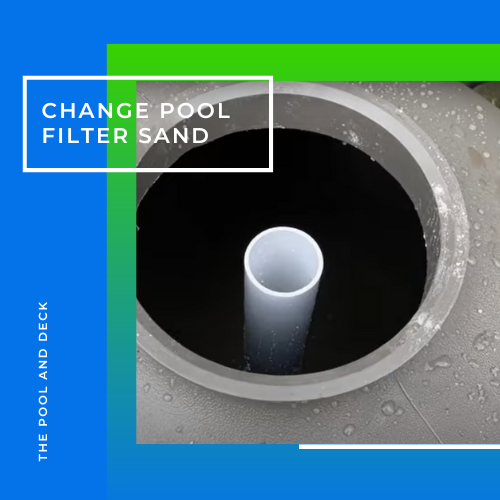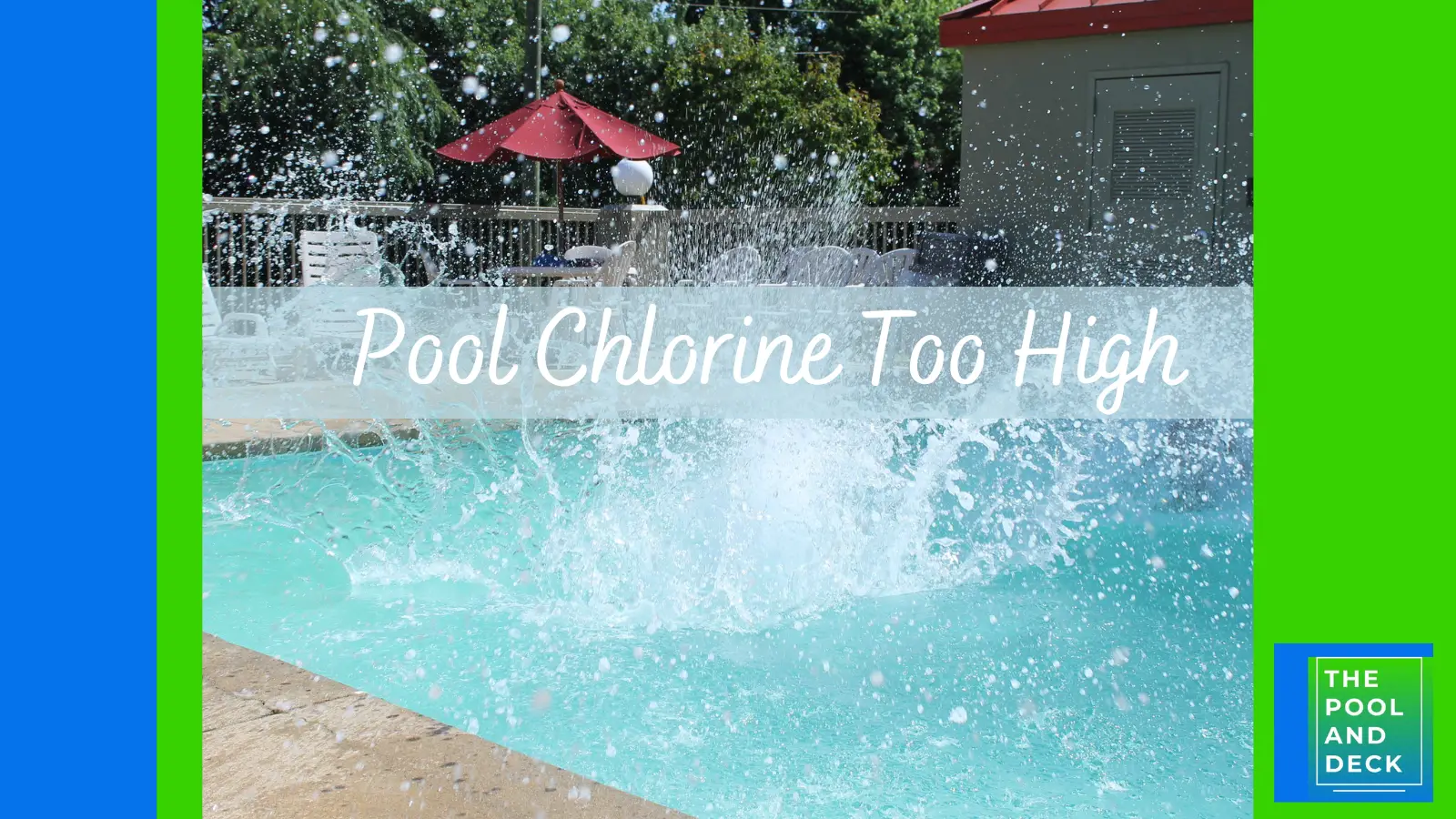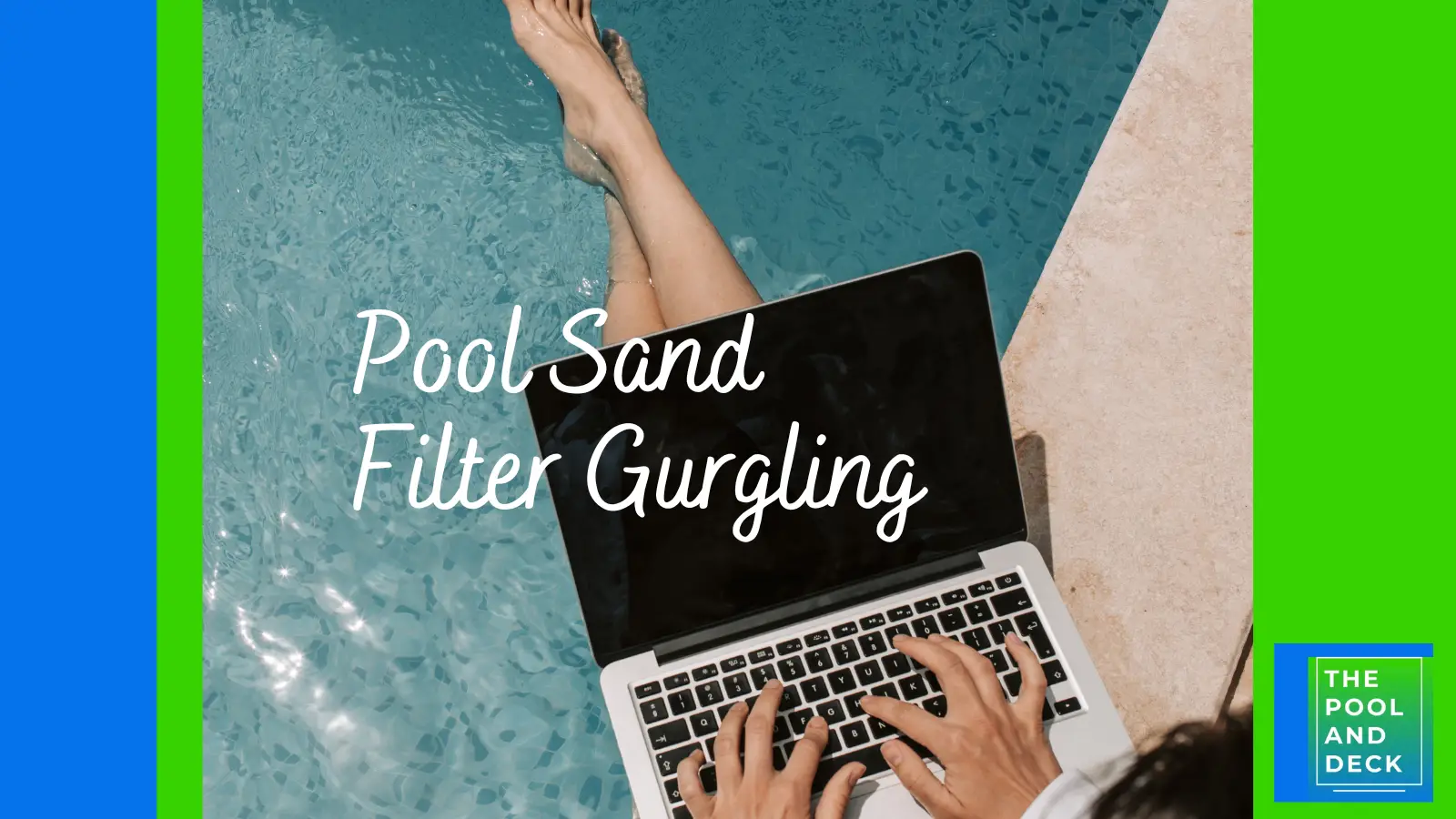Pool Alkalinity Too Low: Cause, Effect & Solution
thepoolanddeck.com is a participant in the Amazon Services LLC Associates Program, an affiliate advertising program designed to provide a means for sites to earn advertising fees by advertising and linking to Amazon.com . The website is also an affiliate of a few other brands. The affiliate links never increase your purchase price. We do appreciate your support. Thank you very much!
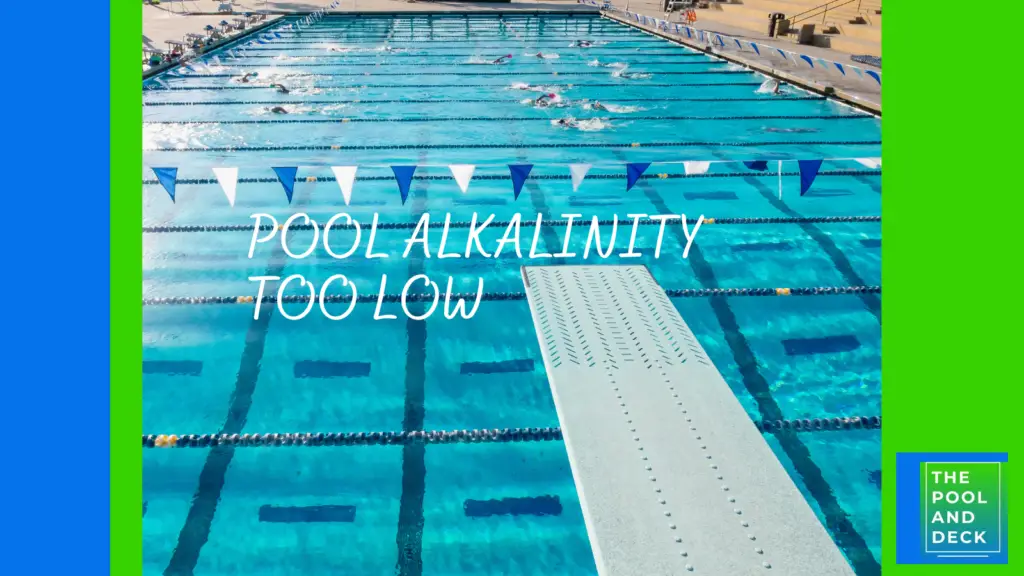
Is your pool alkalinity too low? Well, that is certainly not a good thing. You need to fix it as soon as possible. Maintaining optimal pool alkalinity levels is very important if you want a safe, healthy and pleasant swimming experience.
Pool alkalinity acts as a buffer, stabilizing the pH level and preventing drastic fluctuations that could compromise water quality. If pool alkalinity is too low, chances are the pH levels will be too low as well.
In other words, pool water will be acidic and swimmers will experience red eyes and burning skin, after a dip.
If you are a new pool owner, you may not be fully aware of the importance of having pool alkalinity too low. Truth be told, many experienced pool owners still get confused between alkalinity and pH.
New pool owners will benefit a lot by reading my earlier blog post, Pool Chemistry for Beginners: With 5 Super Helpful Cheat Sheets!
In this article, I will explain alkalinity and the importance of keeping pool alkalinity within the recommended range. The article will also answer the question, pool alkalinity too low: why and what to do?
Table of Contents
What Is Pool Alkalinity?
The complete name for pool alkalinity is Total Alkalinity (TA). Total Alkalinity (TA) is the quantity of alkaline particles, mainly bicarbonates, in the water and is measured in parts per million (ppm).
Alkalinity acts as a buffer, stabilizing pool water pH. The effectiveness of chlorine and other sanitizers, as well as swimmer comfort is a function of the pH level and indirectly the TA level.
Since, Total Alkalinity acts as a buffer, helping to stabilize and prevent rapid changes in pH levels, TA is, in a way, a measure of the ability of pool water to resist changes in pH.
Maintaining pool alkalinity level within the recommended range prevents rapid pH fluctuations that can lead to corrosive or scale-forming conditions. The recommended range for Total Alkalinity (TA) is 80 – 120 ppm.
What Makes Pool Alkalinity Too Low?
Alkalinity, like pH, is an important aspect of pool water chemistry. While they are distinct measurements, they are closely intertwined. A drop in pH can lead to a corresponding decrease in alkalinity.
In case pool alkalinity is too low, it could be due to one or more of the following 6 reasons:
- Rainwater Dilution: Rainwater, even regular rain, has a lower pH and alkalinity than pool water. When rainwater enters the pool, it dilutes the existing pool water, lowering its overall alkalinity. Acid rain, with its even lower pH, can have a more significant impact.
- Swimmer Influx: As the number of swimmers increases, so does the introduction of bodily fluids like sweat and urine. These substances contain acidic compounds that can contribute to a drop in pool alkalinity.
- Low Alkalinity Makeup Water: When replenishing pool water after vacuuming or filter backwashing, ensure the replacement water has adequate alkalinity. Using low alkalinity water dilutes the existing pool water, lowering its overall alkalinity.
- Excessive Chlorine Disintegration: Certain chlorine sources, particularly di-chlor and trichlor, have low pH levels. If these chlorine sources disintegrate at a faster rate than recommended, they can release acidic byproducts that contribute to alkalinity reduction.
- Water Evaporation: During hot summer months, pool water evaporation is natural. As water evaporates, it carries away dissolved carbon dioxide (CO2). CO2 contributes to alkalinity, so its loss leads to a decrease in pool alkalinity. This effect can be further exacerbated if the makeup water has low alkalinity.
- Water Agitation: Increased water movement, such as during pool parties or vigorous water games, can also lead to CO2 loss. The agitation enhances the release of CO2 from the water, resulting in a decline in pool alkalinity.
What is the Effect of Having Pool Alkalinity Too Low?
When the pool alkalinity becomes too low, your pool will face one or more of the following problems:
- Total Alkalinity is a pH buffer. So when alkalinity levels drop, pH levels can fluctuate wildly. It becomes extremely difficult to keep the pH within recommended range.
- Low TA is likely to result in low pH or high acidity. When pH drops below 7.2 your eyes will burn and your skin will be very dry after a swim.
- Low TA and low pH also result in increased corrosion of metallic parts in the pool equipment. Ultimately the pool ladders, pumps, filters, etc. will not last as long as they should.
- Even plastic components such as vinyl liners, plumbing, pool covers, floats, etc get brittle. The result is a shorter working life if pool alkalinity remains too low for extended periods of time..
- Free Chlorine (FC) is more effective at lower levels. This is not necessarily a good thing, beyond a point, as the consumption of chlorine and the cost of pool maintenance goes up.
Pool Alkalinity Too Low: How to Fix It?
In case the Total Alkalinity level of your pool water is too low (below 80 ppm), you can fix it by adding:
Alkalinity Increaser:
The most straightforward solution is to add sodium bicarbonate, commonly known as baking soda, to the pool water. Baking soda is a readily available and an affordable alkalinity increaser that gently raises alkalinity levels without altering other pool chemistry parameters.
You can use my Pool Baking Soda Calculator to determine the dosage for your pool.
Baking Soda
America’s #1 Baking Soda Brand. Raises the total alkalinity level to ensure healthy swimming pool water. Helps prolong the life of pool surfaces and equipment.
Alkalinity Up:
Alternatively, commercial alkalinity increaser products are available in pool supply stores or online. These products are specifically formulated to raise pool alkalinity and may offer a faster and more concentrated solution compared to baking soda.
For Increasing Alkalinity
HTH 67060 Pool Care Alkalinity Up
Raises the total alkalinity level to ensure healthy swimming pool water. Helps prolong the life of pool surfaces and equipment.
Testing and Adjustment:
Of course, regular testing of pool water alkalinity is crucial to monitor its levels and ensure timely corrective measures. Use a reliable pool test kit or strips to measure alkalinity accurately. Adjust the alkalinity level gradually, adding small quantities of baking soda or alkalinity increaser and retesting until the desired range is achieved.
Recommended Test Strips
JNW 7in1 Pool and Spa Test Strips
Simply dip the strip into the water for 2 seconds, hold strip horizontally for 30 seconds, and compare with the color chart on the bottle to obtain accurate water results in just seconds.
Recommended Chemical Test Kit
Taylor K-2005 Complete DPD 9-in-1 Test Kit
Tests for free & total chlorine, bromine, pH, total alkalinity, total hardness, and cyanuric acid (CYA) levels.
Thank you very much for reading the post. I do hope you found it informative and helpful.





